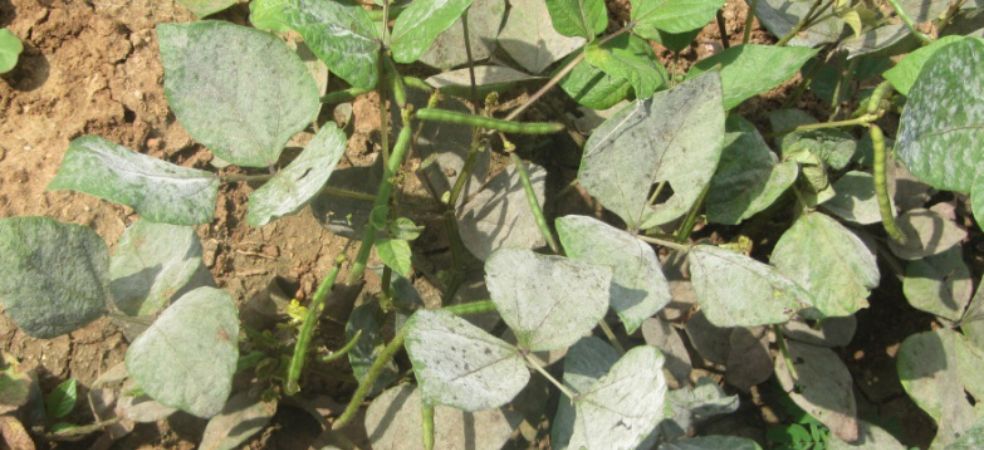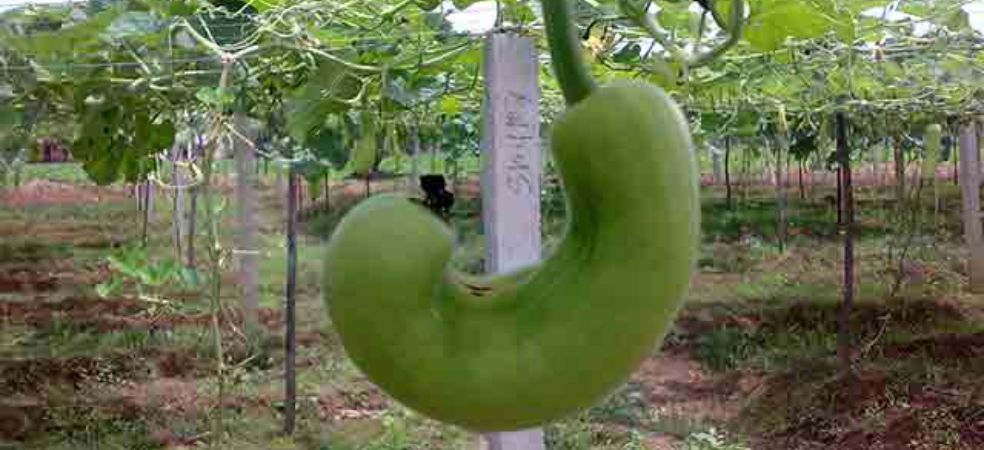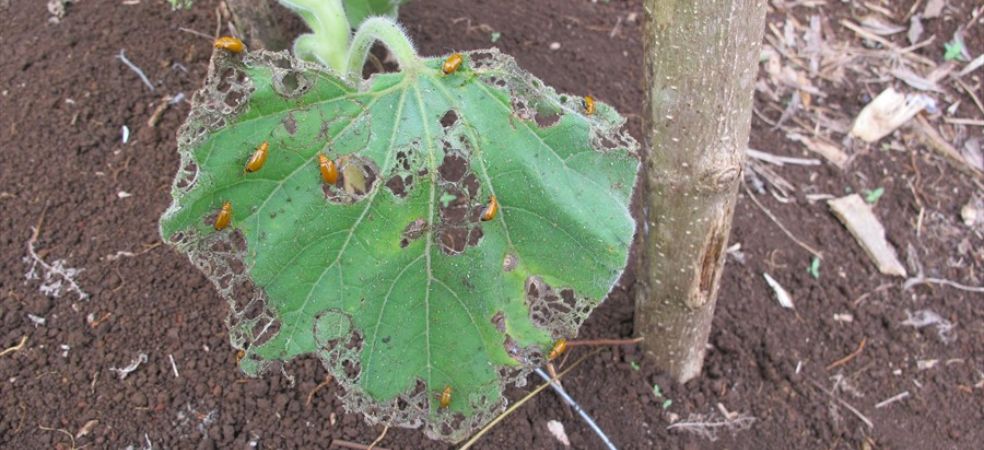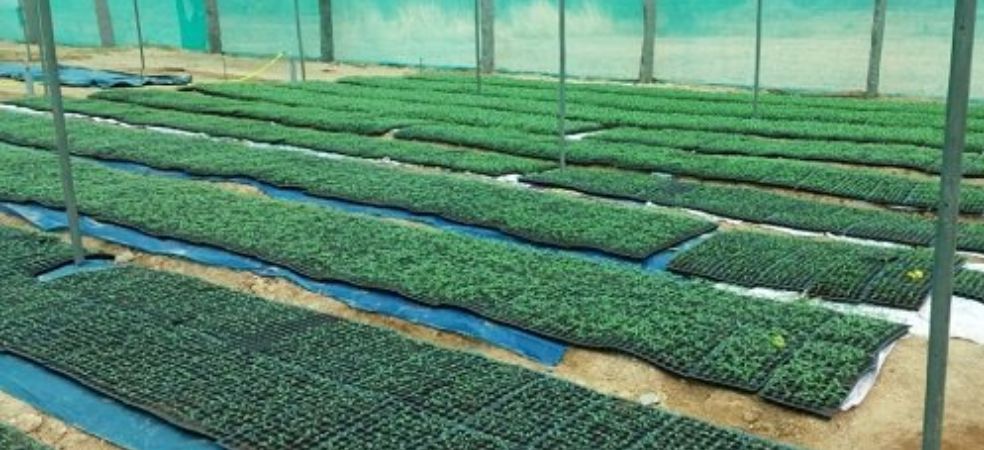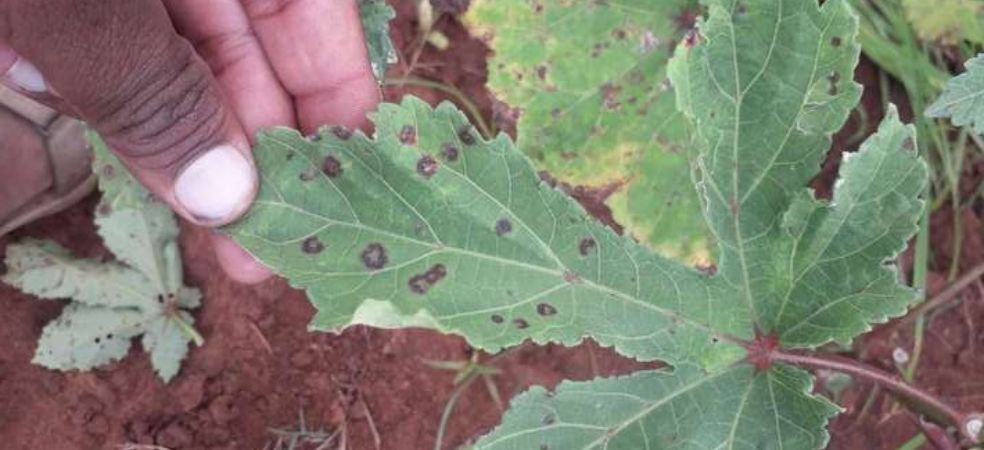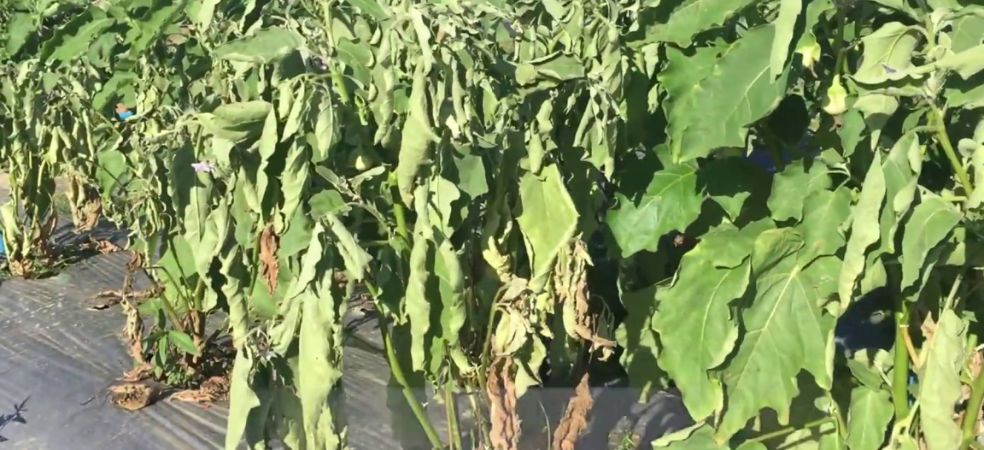A white powdery structure appears on the upper surface of the leaf, which later turns brown. This white powder grows rapidly and spreads in the form of a cover on the upper surface of the leaf. In severe infestation, the lower surface of the leaf is also affected. In the severe stage of the disease, the leaves of the infected plant dry up completely. The leaves start falling untimely when the weather is favourable, such symptoms appear in the branches and fruits apart from the leaves.
Control: Select disease-resistant seed varieties. For biological control, treat the seed with Combat (Trichoderma viride) 8 gm/kg of seed.
Spray Soluble Sulfur 600 gm/acre or Dhanustin (Carbendazim 50 %WP) 200 gm/acre or Tilt (Propiconazole 25% EC) 200 ml/acre mixed in 200 litres of water.
ShareFor such important information related to the agriculture sector and farmers, do read Gramophone articles daily. If you liked today’s information then don’t forget to share.

